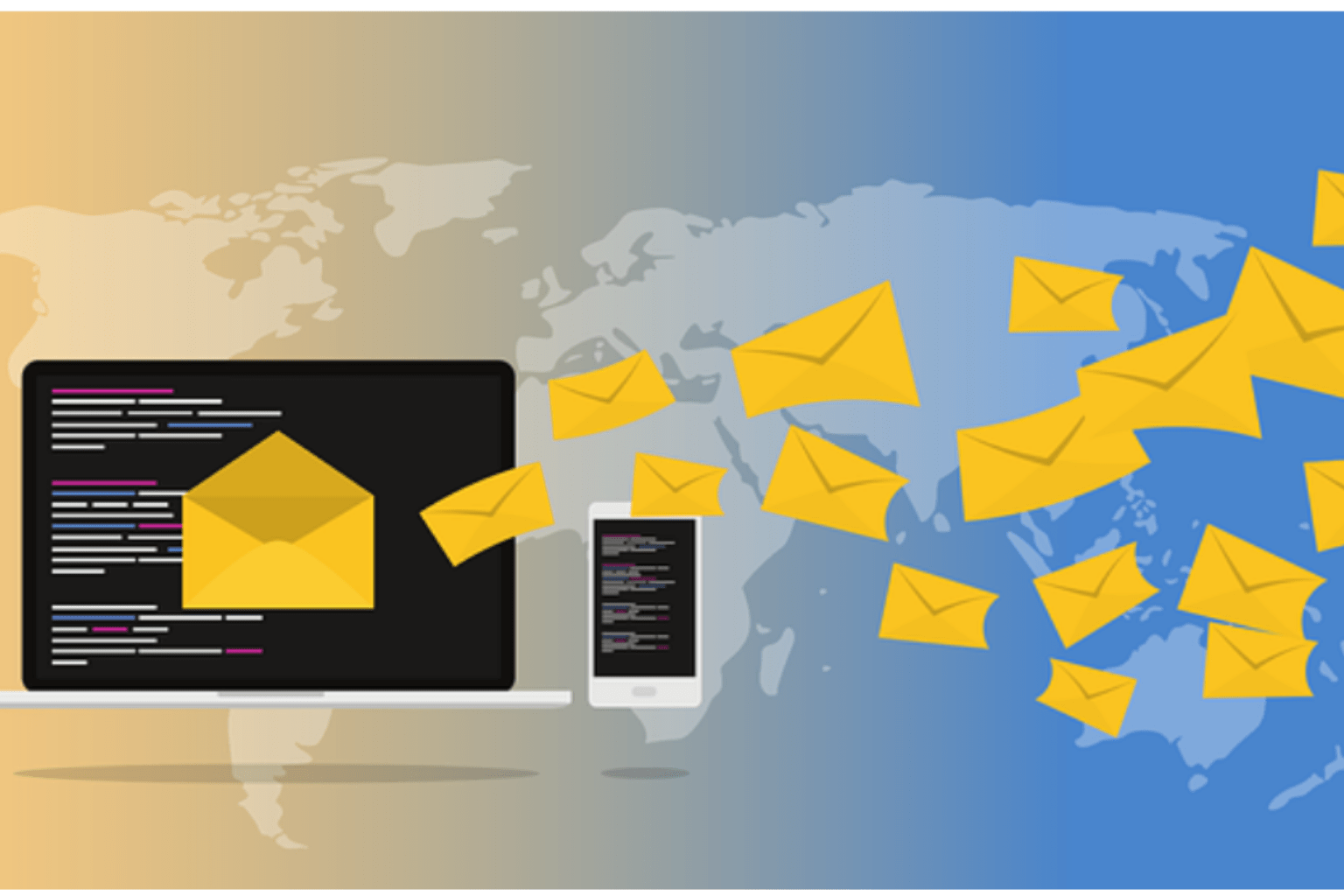
In today’s digitally dominated economy, companies that fail to establish a robust online presence risk becoming obsolete. As 2025 unfolds, businesses must embrace modern marketing frameworks built on web marketing services to gain visibility, attract qualified leads, and boost revenue. This foundational pillar of digital growth is no longer optional—it’s essential.
Define Your Online Presence with a Professional Website
The first step in leveraging web marketing effectively is having a professional, responsive website. This site should not only be visually appealing but also user-friendly, mobile-optimized, and fast-loading. In 2025, consumers expect seamless experiences, and Google continues to prioritize user experience (UX) in its ranking algorithms.
Execution Tip: Start by conducting a UX audit using tools like Google PageSpeed Insights, Hotjar, or Crazy Egg. Identify friction points—like slow-loading images or confusing navigation—and resolve them. Use platforms like WordPress or Webflow for customization, and ensure your site communicates your brand identity clearly.
Example: A local fitness brand in Austin revamped its website with streamlined navigation, embedded class schedules, and social proof (client testimonials). Within three months, their site bounce rate dropped by 30%, and session duration increased by over 40%.
Optimize for Search Engines: The Power of SEO
Search engine optimization (SEO) remains a powerful tool in the web marketer’s arsenal. With algorithms becoming more sophisticated, SEO in 2025 focuses on user intent, topical authority, and AI-driven content strategies. Technical SEO, content optimization, and backlink building are all necessary for long-term digital visibility.
Execution Tip: Begin by researching high-intent keywords using tools like SEMrush or Ahrefs. Build topical clusters—groups of content centered around a primary topic—to demonstrate authority. Conduct regular site audits to fix crawl errors, optimize metadata, and improve site speed.
Example: A B2B SaaS company implemented a topical cluster strategy targeting “data analytics platforms.” They created a cornerstone guide with supporting blog posts on data visualization, predictive analytics, and case studies. As a result, their organic traffic grew by 80% over six months.
Create High-Quality, Consistent Content
Content is still king, but in 2025, consistency and personalization are key. Businesses must produce value-driven content across multiple channels, tailored to different stages of the buyer’s journey. Blog posts, videos, webinars, and infographics should all serve the end goal of educating and converting audiences.
Execution Tip: Use a content calendar to plan and publish weekly content. Implement a mix of evergreen and timely topics. Leverage AI tools like Jasper or Copy.ai for ideation, but ensure human editors review for tone and accuracy. Integrate content with SEO strategies for maximum reach.
Example: A digital agency launched a weekly “Marketing Mondays” video series on LinkedIn, offering actionable tips. Within a quarter, they saw a 25% increase in leads generated via organic social channels, all attributed to consistent content engagement.
Leverage Paid Advertising Strategically
While organic strategies build momentum, paid advertising accelerates reach. Platforms like Google Ads, Meta Ads, and LinkedIn allow precise targeting. In 2025, performance-based campaigns, retargeting, and AI-optimized bidding strategies are vital components of successful ad initiatives.
Execution Tip: Start with a goal-oriented approach—brand awareness, lead generation, or conversions. Set up tracking pixels for retargeting and conversion tracking. Use A/B testing to refine ad copy and creative assets. Don’t forget to evaluate ROI monthly and shift budget accordingly.
Example: A boutique eCommerce brand targeted cart abandoners using dynamic product ads on Facebook. They saw a 200% return on ad spend (ROAS) compared to broad audience campaigns.
Build an Email Marketing Funnel
Despite being one of the oldest digital tools, email remains a cornerstone of web marketing services. In 2025, automation, personalization, and segmentation elevate email marketing performance. It’s not about blasting newsletters—it’s about nurturing leads with the right message at the right time.
Execution Tip: Set up automated workflows based on user behavior (downloads, purchases, abandoned carts). Use platforms like ActiveCampaign or Mailchimp. Segment your list based on demographics, purchase history, or engagement level. A/B test subject lines and calls to action to optimize open and click-through rates.
Example: A travel agency segmented their email list into family travelers and solo adventurers, sending tailored trip recommendations. Their email engagement increased by 60%, and bookings rose by 22%.
Integrate Social Media for Community Engagement
Social media platforms are evolving into micro-community hubs. Beyond likes and shares, brands must actively engage, respond to feedback, and leverage social proof. In 2025, authenticity and conversation outperform polished, one-way promotion.
Execution Tip: Choose platforms where your audience is most active (e.g., TikTok for Gen Z, LinkedIn for professionals). Use a consistent posting schedule via tools like Buffer or Sprout Social. Run polls, reply to comments, and spotlight user-generated content to foster engagement.
Example: A home décor brand hosted a weekly Instagram Live Q&A about interior trends, driving repeat visits and increasing follower count by 40% in two months.
Measure, Analyze, and Refine Your Strategy
No web marketing initiative is complete without performance analysis. Metrics guide growth. In 2025, marketers rely on data dashboards, predictive analytics, and AI-driven insights to make informed decisions.
Execution Tip: Set clear KPIs aligned with your marketing goals (e.g., leads, cost per acquisition, bounce rate). Use tools like Google Analytics 4, HubSpot, or Looker Studio to visualize trends. Evaluate performance monthly and pivot where necessary—marketing is never “set it and forget it.”
Example: An edtech company noticed lower engagement on their webinars through analytics. By switching the time slots and promoting through different channels, attendance jumped by 50% within the next cycle.
A well-structured digital presence rooted in digital marketing services is what separates growing businesses from stagnant ones in 2025. By focusing on user experience, organic and paid reach, content consistency, and data analysis, companies can thrive in a competitive online landscape. The key is to execute strategically, monitor rigorously, and never stop refining.






